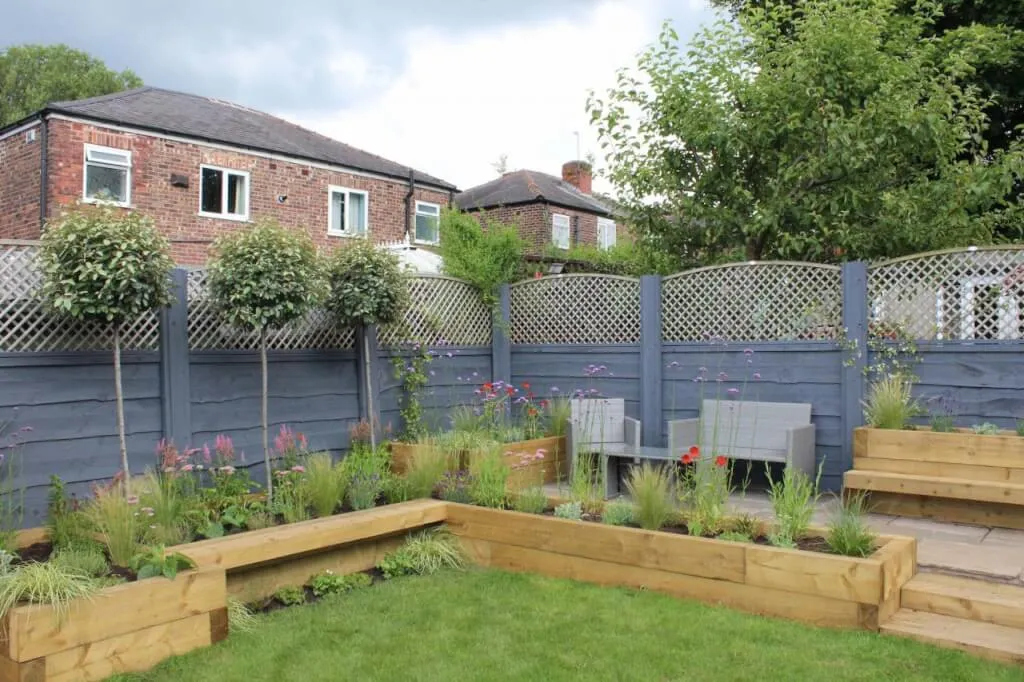Incorporating water features into your landscape design can enhance the beauty, tranquility, and ecological health of your outdoor space. Water features can attract wildlife, provide soothing sounds, and create focal points in your garden. Here are various types of water features and tips on how to effectively integrate them into your landscape design:
1. Ponds
- Naturalistic Design: Create a pond that blends seamlessly with the surrounding landscape. Use natural stones, aquatic plants, and gentle curves to mimic a natural water body.
- Wildlife Habitat: Add native plants around the pond to attract birds, frogs, and beneficial insects. Consider adding a small island for nesting birds.
- Water Quality: Use a pump and filtration system to maintain clean water and prevent algae growth.
2. Fountains
- Decorative Fountains: Install a fountain as a centerpiece in your garden or patio. Choose designs that complement your landscaping style—modern, traditional, or rustic.
- Sound and Movement: Fountains provide soothing water sounds and can help mask noise from nearby roads or neighbors.
- Lighting: Incorporate LED lights in or around the fountain to highlight its beauty at night.
3. Waterfalls
- Layered Waterfalls: Create a multi-tiered waterfall that flows into a pond or stream. This adds visual interest and creates a dynamic soundscape.
- Natural Stones: Use natural stone or boulders to construct the waterfall, making it look more organic and less artificial.
- Planting: Surround the waterfall with moisture-loving plants like ferns and hostas to create a lush, inviting environment.
4. Streams and Rivulets
- Meandering Streams: Design a stream that gently winds through your garden, leading to a pond or other water feature. Use rocks and plants to define its edges.
- Water Flow: Ensure the stream has a natural flow, with gentle slopes and varied depths to create different habitats for wildlife.
- Aquatic Plants: Include plants like water lilies, cattails, and rushes along the banks to enhance biodiversity and provide shade.
5. Birdbaths
- Simple and Effective: A birdbath is a low-maintenance option that can attract various bird species. Choose a design that fits your garden style.
- Location: Place the birdbath in a visible area but away from potential predators. Surround it with plants to create a safe and inviting space for birds.
- Maintenance: Keep the water fresh and clean to encourage regular visits from birds.
6. Splash Pads and Pools
- Family-Friendly Features: Consider adding a splash pad or a small wading pool for family fun, especially in hot climates.
- Integration with Landscape: Use natural stones and plantings around the pool area to create a cohesive look with the surrounding landscape.
- Safety Features: Ensure safety measures are in place, such as non-slip surfaces and proper fencing if necessary.
7. Rain Gardens
- Functional Design: A rain garden captures runoff from roofs and driveways, allowing water to soak into the ground while providing a habitat for plants and wildlife.
- Native Plants: Use native, moisture-tolerant plants that can thrive in both wet and dry conditions to enhance biodiversity and water retention.
- Aesthetic Appeal: Incorporate decorative stones or gravel to create a beautiful and functional garden that benefits the environment.
8. Reflecting Pools
- Calm and Serene: Reflecting pools provide a tranquil space for meditation and relaxation. Choose shallow water features with still water for reflection.
- Surrounding Plantings: Frame the pool with low-maintenance plants and hardscape elements like benches or pathways.
- Night Lighting: Add lights around the pool for a magical effect at night, highlighting the reflections of plants and structures.
9. Water-Repellent Plants
- Moisture-Loving Plants: Incorporate plants that thrive in wet conditions near water features, such as irises, sedges, and marsh marigolds.
- Buffer Zone: Create a buffer zone with native plants to help filter runoff and improve water quality.
10. Considerations for Installation
- Professional Help: Depending on the complexity of your water feature, consider hiring a professional landscaper or contractor experienced in water feature installation.
- Maintenance: Plan for regular maintenance, such as cleaning, seasonal adjustments, and monitoring water quality.
- Permits: Check local regulations regarding water features, especially for larger ponds or streams, as you may need permits.
11. Sustainable Practices
- Water Conservation: Consider using rainwater harvesting systems to fill ponds or fountains, reducing reliance on municipal water.
- Natural Filtration: Incorporate biofilters or natural filtration systems using plants and gravel to keep water clean without chemicals.
By thoughtfully incorporating water features into your landscape design, you can create a serene and inviting environment that enhances the beauty and ecological health of your outdoor space. The soothing sounds and visual appeal of water will make your garden a favorite retreat for both you and local wildlife.

